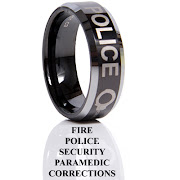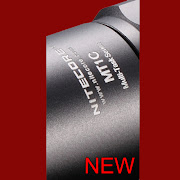The features designed to cater to military lifestyle are embedded in every pair of tactical pants. But, certain styles are suited better for specific operations.
To make your search easy, we're here to help you! We've outlined what you need to consider prior to investing in a pair.
When considering hot climate, look for light and comfortable fabric with reinforced knees. Poly cotton is a popular and comfortable fabric for tactical gear, however many troops prefer plain old cotton. These are slower to dry but have one advantage that these don’t melt being a natural fabric. On the other hand, if synthetic fabrics catch fire, they can cause injuries. While some newer ones are a lot more flame resistant, it’s still hard to beat cotton for safety.
To make your search easy, we're here to help you! We've outlined what you need to consider prior to investing in a pair.
Pattern and Color
first thing is to make sure you’re choosing pants in the right pattern. Get authentic fabric too as duplicates might not be properly infrared-treated. Check for the pattern and colors as per your service regulations.Fabric
Check for the fabric weight and blend also. If you’ll be working in a hot climate, definitely you’ll be sweating in heavy pants, at the same time, however, lightweight fabric is very less durable. Hence, your best bet is a lightweight ripstop fabric!When considering hot climate, look for light and comfortable fabric with reinforced knees. Poly cotton is a popular and comfortable fabric for tactical gear, however many troops prefer plain old cotton. These are slower to dry but have one advantage that these don’t melt being a natural fabric. On the other hand, if synthetic fabrics catch fire, they can cause injuries. While some newer ones are a lot more flame resistant, it’s still hard to beat cotton for safety.


















